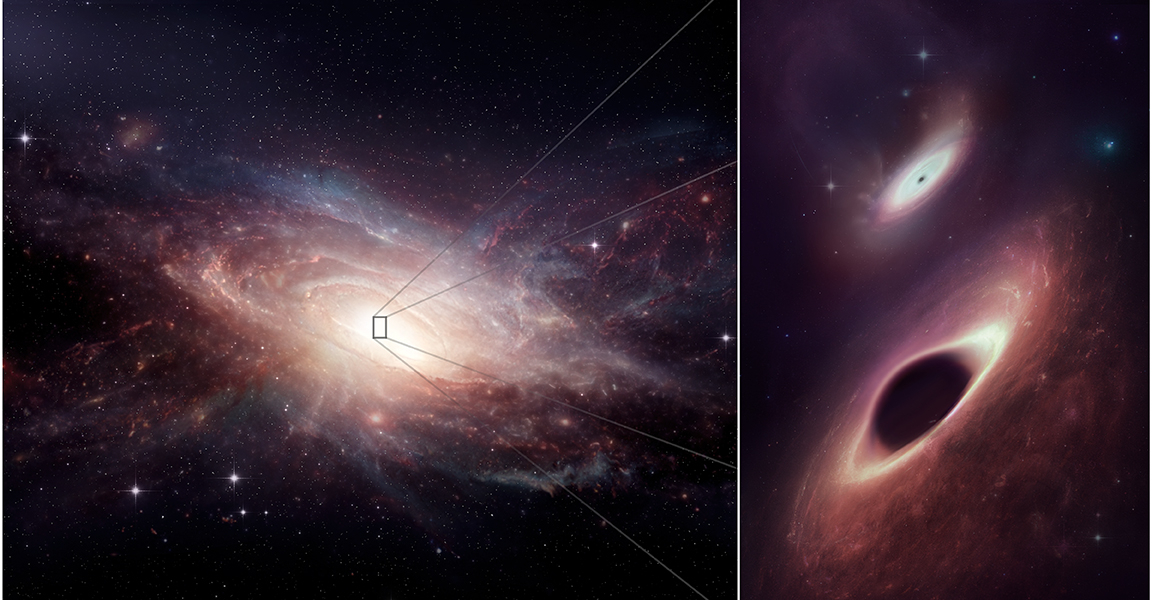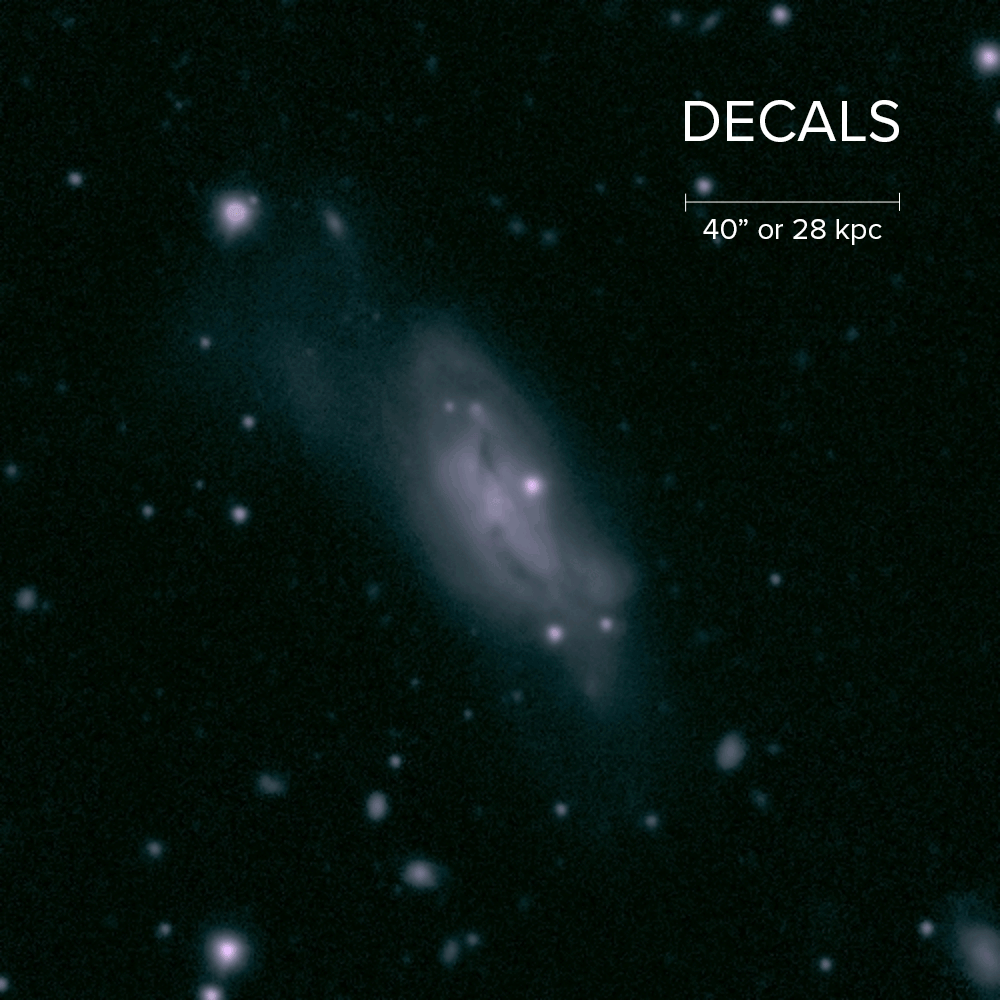Astronomers announced the discovery of the closest pair of supermassive black holes. They are separated by a distance of only 750 light-years, which is half the distance between the previous pair of record holders.

The discovery was made during the study of the galaxy UGC 4211. It is located at a distance of 480 million light-years from Earth in the direction of the constellation Cancer. UGC 4211 was formed as a result of a relatively recent merger of two galaxies. This process was accompanied by the condensation of gas clouds, which provoked a powerful flare of star formation.
When astronomers used the ALMA radio telescope complex to study the center of the newborn galaxy, they found traces of powerful emissions produced by two supermassive black holes. Once they were part of the nuclei of two galaxies involved in the merger. Their masses are 200 and 125 million times the mass of the Sun. For comparison, the mass of the black hole at the center of our Milky Way is 4.2 million solar masses.

In the course of subsequent multi-wave observations, in which, in particular, observatories such as ALMA, Hubble, Chandra and VLT took part, the researchers could determine the distance between a pair of black holes. It is only 750 light-years, which is quite a bit for such objects. According to scientists, this distance is close to the limit of sensitivity of modern telescopes, which makes it possible to distinguish two separate black holes. At the same time, despite such proximity, we should not expect the two gravitational monsters to merge soon. It will happen no earlier than in a few hundred million years.
Since galaxy mergers occur regularly, there are apparently a large number of even closer pairs of black holes in the Universe. It’s just that their detection is difficult due to the long distance. Therefore, multi-wave observations, such as the ones made with respect to UGC 4211, play a very important role, allowing you to find objects that would escape the gaze of a single observatory.
Earlier we talked about how a black hole inflated giant radio bubbles.
According to https://public.nrao.edu
Follow us on Twitter to get the most interesting space news in time
https://twitter.com/ust_magazine

